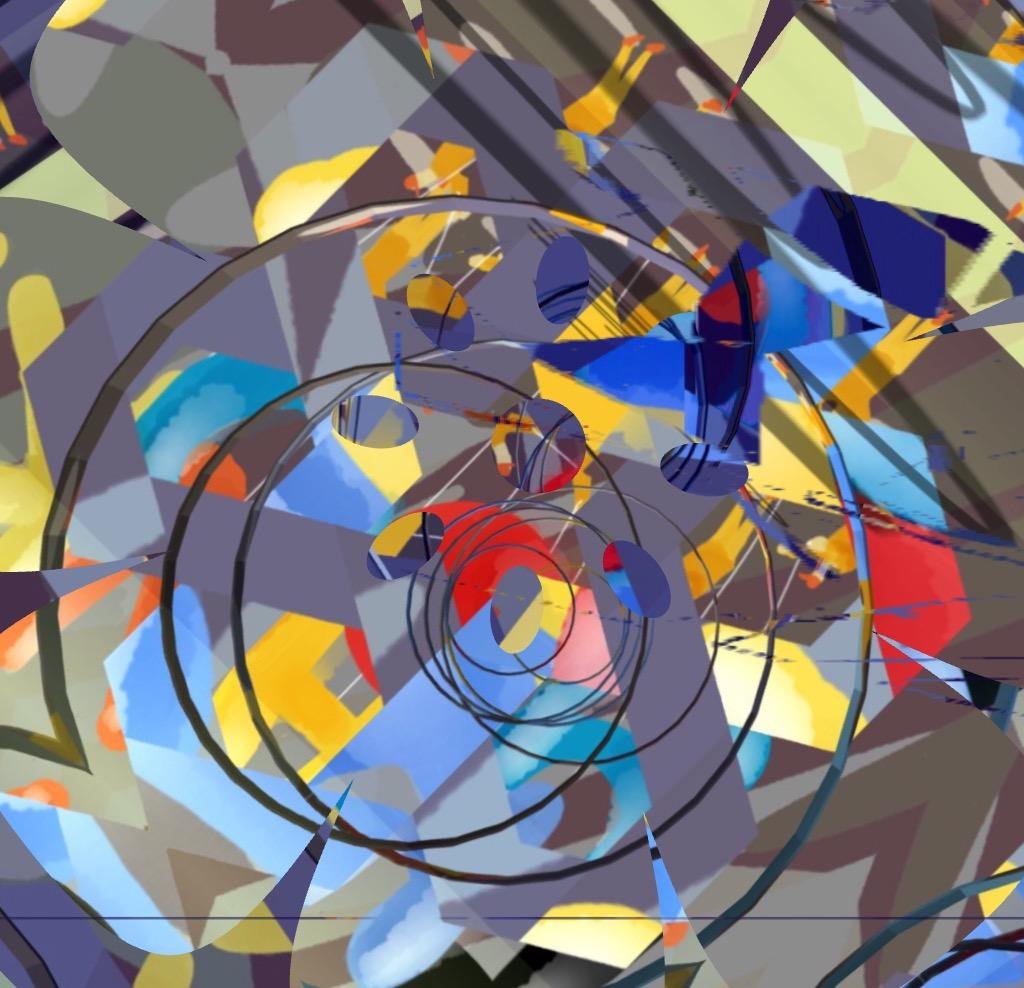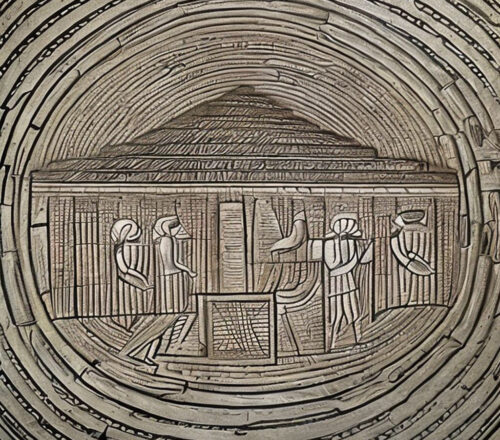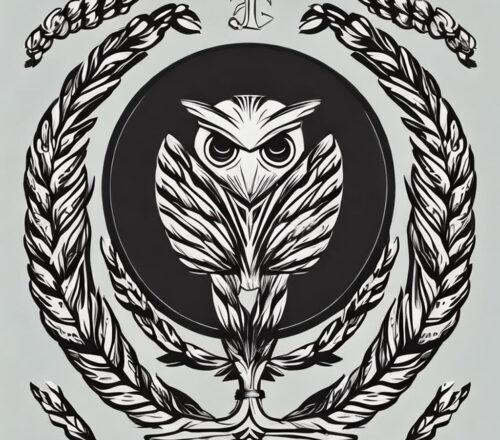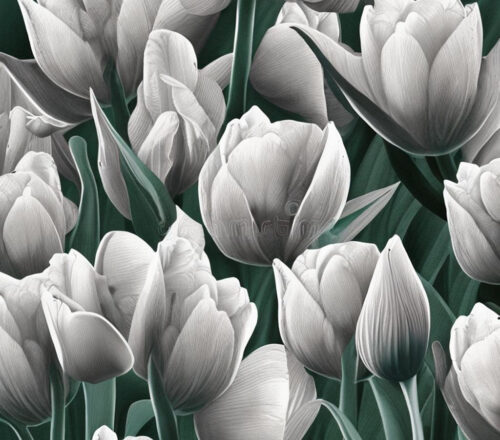
Table of Contents
Chinese culture basics
BAsic elements in ancient chinese culture
Ancient Chinese culture is rich and diverse, with a long history spanning thousands of years. While there are many aspects to this culture, some basic elements that have greatly influenced and shaped it include:
Philosophy and Religion
Three main philosophies/religions emerged in ancient China: Confucianism, Daoism (Taoism), and Buddhism. Confucianism, founded by Confucius, emphasizes moral values, social harmony, and respect for authority. Daoism, attributed to Laozi, encourages a harmonious relationship with nature and focuses on the principle of ‘the Way’ (Dao) as the natural order of the universe. Buddhism, which originated in India, was introduced to China around the 1st century CE and became influential, especially in the form of Chinese Mahayana Buddhism.
Language and Literature
Chinese characters, one of the oldest writing systems in the world, form the basis of ancient Chinese language and literature. Classics such as the ‘Analects of Confucius’, ‘Dao De Jing’, ‘I Ching’, and ‘Classic of Poetry’ have had lasting impacts on Chinese culture, thought, and education.
Family and Social Structure
The family unit has always been central to Chinese culture, with a strong emphasis on respect for one’s elders, filial piety, and ancestor worship. Society was organized hierarchically, and social harmony was considered vital. This hierarchical structure was reflected in the ancient Chinese dynastic system, where emperors held supreme power and were considered the ‘Sons of Heaven.’
Art and Architecture
Ancient Chinese art and architecture were deeply influenced by the country’s philosophical and religious beliefs. Examples include the intricate design of Chinese calligraphy, the delicate balance of ink wash painting, and the elaborate construction of pagodas and temples. The Great Wall of China and the Terracotta Army are also iconic examples of ancient Chinese architecture and craftsmanship.
Rituals and Customs
Traditional Chinese rituals and customs were an integral part of ancient Chinese society, often based on principles of respect, harmony, and balance. These customs included rites of passage, such as weddings and funerals, as well as ceremonies like the Spring and Autumn sacrifices.
Science and Invention
Ancient China was a hub of innovation and scientific advancement. Some of the most notable inventions include papermaking, the compass, gunpowder, and printing. The ancient Chinese also made significant contributions to the fields of astronomy, medicine, and agriculture.
Festivals and Celebrations
Festivals and celebrations were important aspects of ancient Chinese culture. Some of the most important annual events include the Lunar New Year (Spring Festival), the Lantern Festival, the Dragon Boat Festival, and the Mid-Autumn Festival.
While these basic elements provide an overview of ancient Chinese culture, it’s important to note that China’s long history and vast geographical expanse have led to a rich tapestry of regional and ethnic diversity.
Classic of poetry
The Classic of Poetry, also known as the Book of Songs, Shijing, or Shi, is the oldest existing collection of Chinese poetry and one of the most important texts in Chinese literature. The anthology consists of 305 poems, dating from the 11th to 7th centuries BCE, during the Western Zhou and early Eastern Zhou dynasties.
The Classic of Poetry is divided into three sections:
- Feng (Airs or Odes): These are 160 poems that reflect the lives and concerns of the common people, as well as regional customs and traditions. The poems in this section are grouped by state, representing the different states of the Zhou dynasty.
- Ya (Eulogies or Court Hymns): This section is further divided into the “Greater Ya” and the “Lesser Ya.” The “Greater Ya” contains 31 poems, while the “Lesser Ya” consists of 29 poems. The Ya poems focus on court life, political affairs, and the virtues of rulers and their courts.
- Song (Hymns or Temple Hymns): This section consists of 40 hymns, which were used in religious rituals and ceremonies, often performed by the royal family. The hymns are dedicated to ancestral spirits, gods, and the natural world.
The Classic of Poetry is an essential part of the Confucian Canon, known as the “Five Classics,” which served as the foundation of traditional Chinese education and moral values. Confucius himself is said to have compiled and edited the anthology. The poems in the Classic of Poetry cover a wide range of themes, including love, friendship, family, nature, politics, and war. They are often characterized by their simplicity, sincerity, and vivid imagery.
The Classic of Poetry has had a lasting influence on Chinese literature and thought, serving as a source of inspiration for later poets, as well as a cornerstone of Chinese literary tradition. It is also an important historical document, providing insights into the society, culture, and politics of ancient China.
Classical Chinese literature pdf
Son of heaven
In Chinese culture, the term “Son of Heaven” (Tianzi, 天子) refers to the emperor, who was considered the highest authority in ancient China. The term originates from the belief that the emperor was divinely appointed by Heaven (Tian, 天) and served as the link between the celestial realm and the human world.
As the Son of Heaven, the emperor was responsible for maintaining harmony and order within the empire, ruling with virtue, and ensuring the well-being of his subjects. The emperor’s authority was derived from the Mandate of Heaven, a concept rooted in ancient Chinese philosophy. According to this concept, the emperor was chosen by Heaven to rule because of his virtue and ability to govern effectively. If the emperor became corrupt or failed to govern justly, it was believed that Heaven would withdraw its mandate, leading to natural disasters or social unrest, and ultimately to the emperor’s overthrow.
The idea of the emperor as the Son of Heaven was deeply ingrained in Chinese political and social structures. This divine status was symbolically reinforced through elaborate rituals, ceremonies, and the use of imperial regalia. The emperor was also often depicted in art and literature as an ideal ruler who embodied the virtues of wisdom, benevolence, and righteousness.
The concept of the Son of Heaven and the Mandate of Heaven were essential components of the dynastic cycle, which characterized Chinese history for millennia. This cycle involved the rise and fall of dynasties, each of which claimed to have received the Mandate of Heaven to justify their rule. The idea of the emperor as the Son of Heaven persisted throughout Chinese history until the fall of the Qing dynasty in 1911, which marked the end of imperial rule in China.
Lunar New Year (Spring Festival), the Lantern Festival, the Dragon Boat Festival, and the Mid-Autumn Festival
These four festivals are significant events in Chinese culture and are celebrated annually by millions of people around the world. Each festival has its unique customs, traditions, and symbolic significance.
Lunar New Year (Spring Festival)
The Lunar New Year, also known as the Spring Festival, is the most important traditional festival in Chinese culture. It marks the beginning of the new year according to the lunar calendar, usually falling between January 21 and February 20. The festival is a time for family reunions, honoring ancestors, and welcoming good fortune for the coming year. Traditions include cleaning the house to sweep away bad luck, decorating with red paper-cuts and couplets, giving red envelopes with money (hongbao) to children, setting off fireworks, and enjoying feasts with family members. The celebration lasts for 15 days, culminating in the Lantern Festival.
Lantern Festival
Celebrated on the 15th day of the first lunar month, the Lantern Festival marks the end of the Lunar New Year celebrations. The festival is characterized by the display of various lanterns, which symbolize the hope for a bright future. Activities during the Lantern Festival include lighting and admiring lanterns, solving lantern riddles, enjoying lion and dragon dances, and eating yuanxiao or tangyuan, sweet glutinous rice balls filled with various fillings.
Dragon Boat Festival
The Dragon Boat Festival, also known as Duanwu Festival, is celebrated on the fifth day of the fifth lunar month. The festival commemorates the ancient Chinese poet and statesman Qu Yuan, who drowned himself in the Miluo River in 278 BCE as a protest against government corruption. To honor Qu Yuan, people participate in dragon boat races and eat zongzi, glutinous rice wrapped in bamboo leaves with various fillings. The festival is also associated with warding off evil and disease, as the fifth lunar month was traditionally considered an unlucky month.
Mid-Autumn Festival: Celebrated on the 15th day of the eighth lunar month, the Mid-Autumn Festival is a time for family reunions and celebrating the harvest. The festival is closely associated with the full moon and is often referred to as the Moon Festival. Traditions include admiring the full moon, lighting lanterns, and eating mooncakes, pastries filled with sweet or savory fillings. The mooncakes symbolize unity and completeness, reflecting the importance of family in Chinese culture.
These festivals not only celebrate significant moments in the lunar calendar but also serve as a means to preserve and share Chinese culture, traditions, and values.
Shop tip
Ancient Chinese culture on Amazon
Chinese culture basics on Amazon
Enjoy the readings! Thanks for shares and comments ?
Take time to learn
Invest in your future
Embark on a journey into the realm of affiliate marketing and craft your own website within a vibrant, supportive community. Join me in this adventure, where you can begin as a free starter and stay as long as you desire. Enjoy complimentary hosting and foundational teachings to set you on your path. For those with advanced skills, opportunities to elevate your expertise await. Take a moment to explore and witness the magic for yourself!




